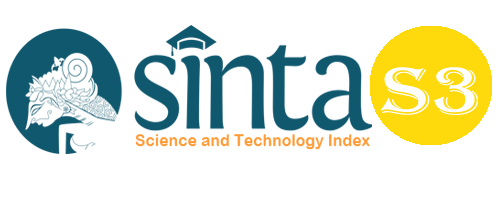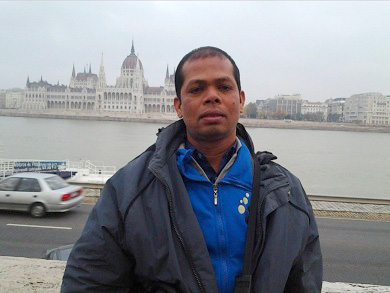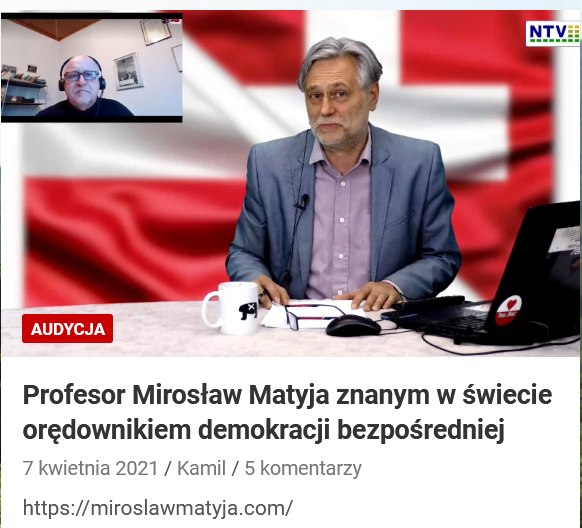Music in Perumah Begu Ritual of Karo Tribe (Study of Form and Music Functions)
Abstract
This study wants to examine the phenomenon of the ritual of summoning the spirits of people who have died in the Karo community which involves the presence of musical sounds in the stages of the procession. What is interesting in this case is how the form of ritual, and the form of music used in accompanying each stages of the procession of Perumah Begu rituals will be studied in depth. The method used in this study is descriptive qualitative, that are the steps to make field research, interviews, studio work, and analyze data. Techniques of analysis data are carried out by the process of systematically analyzing and compiling data that obtained from interviews, field research, and studio work, then conducting data sections and organizing data into categories, describing them into units, synthesizing, arranging into patterns, choose which ones are important, and will be studied, and make conclusions so that they are easily understood by themselves and others. Based on the study, it can be concluded that the findings are as follows: 1) Perumah Begu’s ritual is a culture of summoning spirits or ghosts of deceased people to solve problems with their families that have not been completed until the day of his/her death. This ritual was carried out on the first night after the body was buried. This ritual is led by a shaman or (guru si baso) as a media that can mediate between the spirit world and the human world. The implementation is divided into three stages: the preparation, implementation and closing. 2) The musical accompaniment used in the Perumah Begu’s ritual is the gendang lima sendalanen ensembles. In general, the gendang lima sendalanen ensembles is known by three forms of reportoar known as: a) Simalungun rayat b) Odak-odak, c) Patam-patam. 3) The connection of the three forms of music reportoar above are very binding on Perumah Begu's ritual journey from the beginning to the end. Each form has its role and function in the Perumah Begu's ritual that is carried out by the Karo community.
Keywords
Full Text:
PDFReferences
Bangun, Tridah. 1989 Adat Budaya Karo di Sumatera Utara.
Ginting, EF. 1999. Religi Karo (Membaca ReligiKaro Dengan Mata Yang Baru). Kabanjahe: Abdi Karya
Marshall, Gretchen B Rossma. 1995. Designing Qualitative Research. London: Sage Publications, Internasional Education and Professional Publisher.
Maryaeni, 2005. Metode Penelitian Kebudayaan. Jakarta: Bumi Aksara.
Sarjani, Tarigan.2011. Kepercayaan Orang Karo Tempo Doeloe.
Sugiyono, 2005. Memahami Penelitian Kualitatif. Bandung: Alfabeta.
Tarigan, Henry.1990. Percikan Budaya Karo.
Tarigan, Perikuten, 2004. Pluralitas Musik Etnik: Batak Toba, Mandailing, Melayu, Pak-pak Dairi, Angkola, Karo Dan Simalungun: Pusat Dokumentasi Dan Pengkajian Kebudayaan Batak HKBP NOMMENSEN.
DOI: https://doi.org/10.33258/birci.v2i2.265
Article Metrics
Abstract view : 250 timesPDF - 227 times
Refbacks
- There are currently no refbacks.

This work is licensed under a Creative Commons Attribution-ShareAlike 4.0 International License.

This work is licensed under a Creative Commons Attribution-ShareAlike 4.0 International License.

_.gif)

















_.gif)



